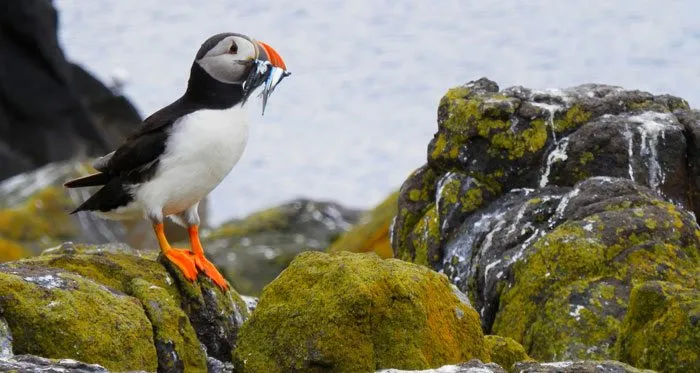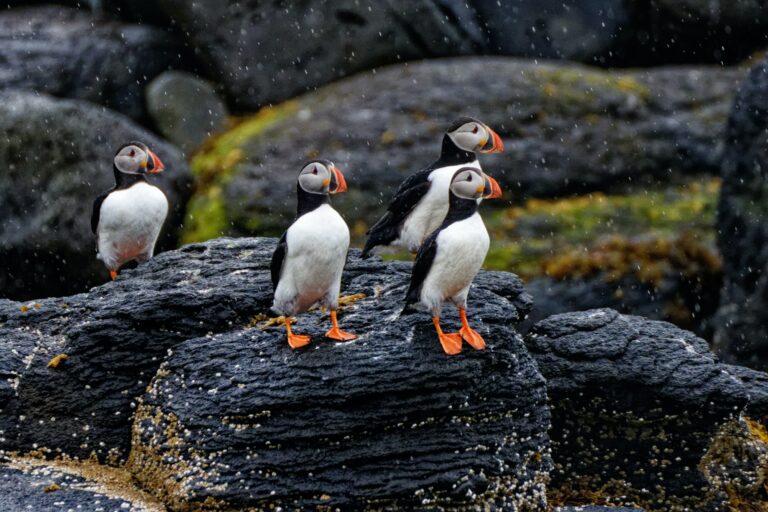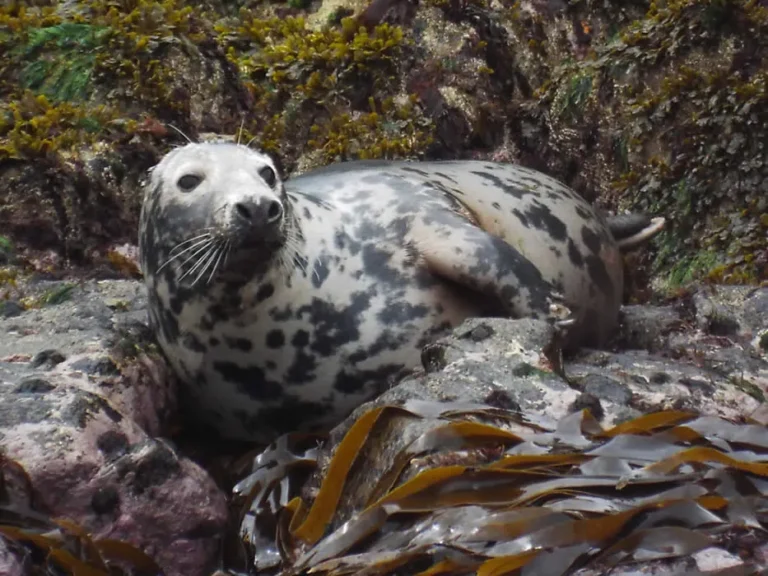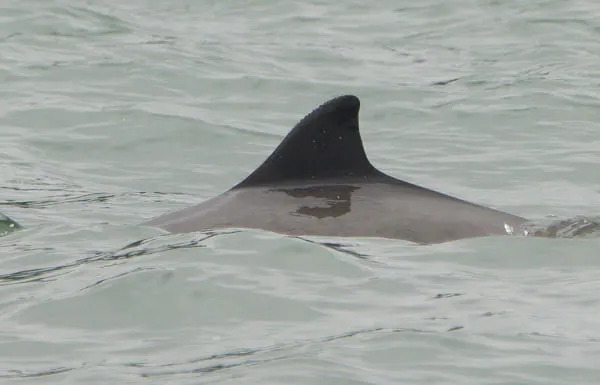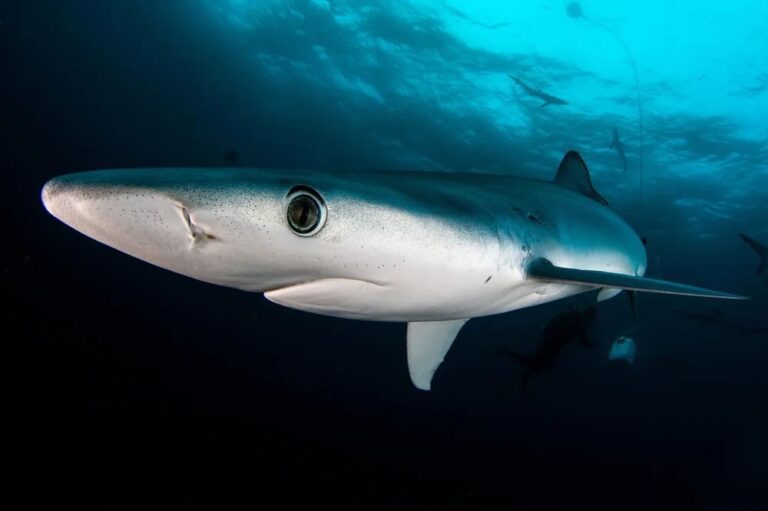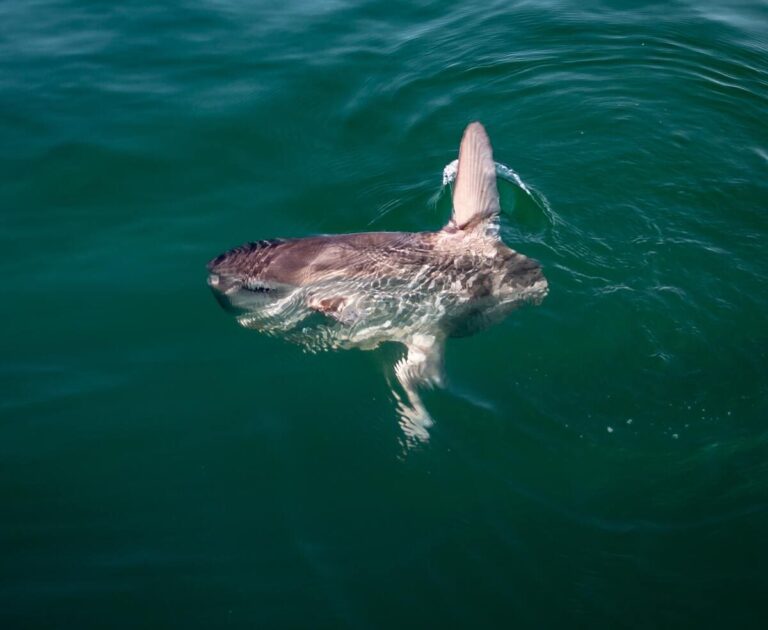You’d be surprised how many people ask if puffins and penguins are related. Both share similar black and white feather colouration; names begin with ‘P’ and they both love a fish breakfast – surely they’re related?
No they’re actually not! Penguins belong to the family spheniscidae, an order of flightless birds living in the southern hemisphere whereas Puffins are part of the Alcidae family of Auks, recognised for their ability to “fly” under water as well as in the air. Although they are excellent swimmers and divers, their walking appears clumsy.
Penguins bones are pretty much solid. This is necessary as they need to be less buoyant while swimming so they can dive down and grab all those tasty fish. Puffins on the other hand, like most birds have hollow bones giving them the ability to fly. Penguins also live exclusively in the Southern hemisphere – all 18 species; whereas all 4 species of puffins all live up north. There is one very real similarity they both share though, they’re both in trouble because of us! Overfishing, pollution, climate change and introduced predators means these fantastic birds are on the decline.
